 Technology
Technology  Technology
Technology  Humans
Humans 10 Everyday Human Behaviors That Are Actually Survival Instincts
 Animals
Animals 10 Animals That Humiliated and Harmed Historical Leaders
 History
History 10 Most Influential Protests in Modern History
 Creepy
Creepy 10 More Representations of Death from Myth, Legend, and Folktale
 Technology
Technology 10 Scientific Breakthroughs of 2025 That’ll Change Everything
 Our World
Our World 10 Ways Icelandic Culture Makes Other Countries Look Boring
 Misconceptions
Misconceptions 10 Common Misconceptions About the Victorian Era
 Mysteries
Mysteries 10 Strange Unexplained Mysteries of 2025
 Miscellaneous
Miscellaneous 10 of History’s Most Bell-Ringing Finishing Moves
 Technology
Technology Top 10 Everyday Tech Buzzwords That Hide a Darker Past
 Humans
Humans 10 Everyday Human Behaviors That Are Actually Survival Instincts
 Animals
Animals 10 Animals That Humiliated and Harmed Historical Leaders
Who's Behind Listverse?

Jamie Frater
Head Editor
Jamie founded Listverse due to an insatiable desire to share fascinating, obscure, and bizarre facts. He has been a guest speaker on numerous national radio and television stations and is a five time published author.
More About Us History
History 10 Most Influential Protests in Modern History
 Creepy
Creepy 10 More Representations of Death from Myth, Legend, and Folktale
 Technology
Technology 10 Scientific Breakthroughs of 2025 That’ll Change Everything
 Our World
Our World 10 Ways Icelandic Culture Makes Other Countries Look Boring
 Misconceptions
Misconceptions 10 Common Misconceptions About the Victorian Era
 Mysteries
Mysteries 10 Strange Unexplained Mysteries of 2025
 Miscellaneous
Miscellaneous 10 of History’s Most Bell-Ringing Finishing Moves
10 Horrific Facts About The Santa Rosa Hitchhiker Murders
The US in the early 1970s was awash in serial murder. Indeed, by the decade’s midpoint, FBI profiler Robert Ressler had coined the term “serial killer” after conducting several interviews with the likes of Herb Mullin, Edmund Kemper, and Monte Rissell.[1] Ressler’s in-depth penetration into the minds of sexual sociopaths lead him to become the world’s foremost expert on murder.
Between 1972 and 1973, one of Ressler’s monsters traveled the roads of Santa Rosa, California, looking for unsuspecting victims. During those years, at least seven young women were sexually assaulted, tortured, and murdered by an unknown killer.
Known collectively as the Santa Rosa hitchhiker murders, this string of unsolved murders continues to haunt the minds of the Golden State’s cold case investigators. Was the killer an infamous butcher like Ted Bundy or the Zodiac Killer, or was he just another no-name sadist who eluded justice thanks to cunning and a whole lot of good luck?
10 The Murder Of Maureen Sterling And Yvonne Weber
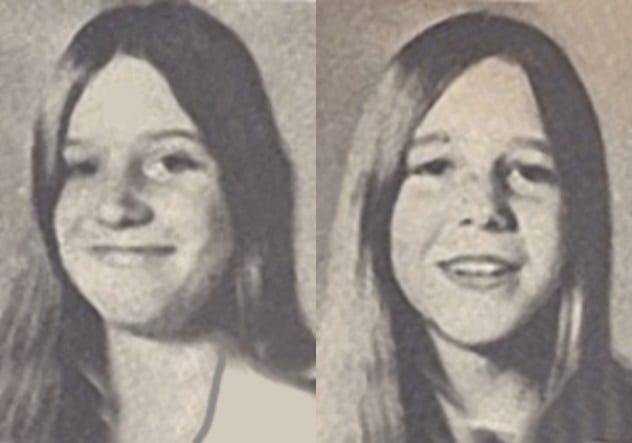
February 4, 1972, proved to be a tragic day in Sonoma County, California. On that day, two middle school students, Maureen Sterling (left above) and Yvonne Weber (right above), went missing. The pair, both aged 12 and students at Herbert Slater Middle School, spent their last night alive hanging out at the Redwood Empire Ice Arena. A little later, at around 9:00 PM, both girls were seen hitchhiking on Guerneville Road.
Almost an entire year would go by before Sterling and Weber’s bodies were found. Following a small snowstorm on Thursday, December 28, 1972, both bodies were found 3.5 kilometers (2.2 mi) from the rural Porter Creek Road, located in the Franz Valley Road area. Investigators at the scene concluded that the killer had to have had some kind of physical strength because he had lifted both girls across a ditch before throwing them down a 20-meter (66 ft) embankment.
The cause of death could not be determined. Similarly, nobody could say for sure whether either Sterling or Weber had been sexually assaulted. The police did, however, conclude that the girls had been murdered elsewhere and that their killer had kept their clothes, possibly as trophies.[2]
9 The Murder Of Kim Allen
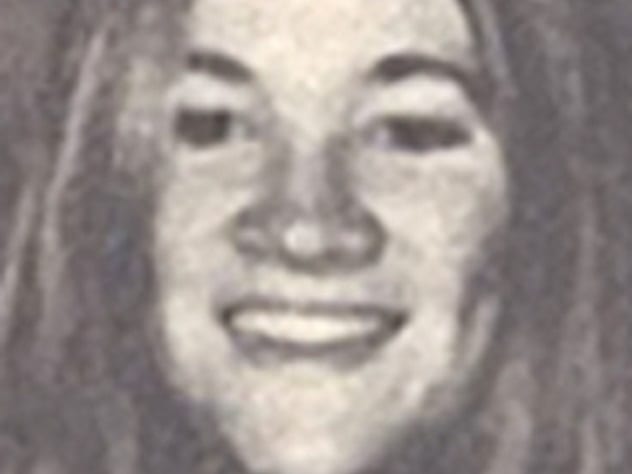
Unlike the killer’s first two victims, Kim Wendy Allen was a teenager (19, to be exact) and a college student attending Santa Rosa Junior College. On March 4, 1972, at 5:00 PM, Allen left her job at a health food store in Larkspur to attend a night class. At around 5:20, Allen was seen hitchhiking at the Bell Avenue Freeway entrance. She appeared to be heading north carrying two bags.[3] Allen was also carrying a soy barrel with red Chinese characters painted on the outside.
On Sunday, March 5, two high school students, 17-year-olds John Bly and Scott Bunting, found Allen’s nude body in a creek bed near Santa Rosa. Following an autopsy performed by Sonoma County coroner Andrew Johnasen, it was concluded that Allen’s killer had tortured her and killed her by slowly strangling her with a cord or wire. It was also proven that Allen’s killer had bound her wrists and ankles prior to her death. All told, it had taken 30 minutes for Allen to expire.
8 The First Suspect

Given that some eyewitnesses told police that Allen had gotten into a car containing two men, Sonoma County officials quickly brought both of those men in for questioning. To the chagrin of homicide detectives, both suspects passed their polygraph examinations.
Almost four years later, investigators caught a break when Fredric Manalli died in a car accident on Highway 12 in August 1976. At the time of Allen’s murder, Manalli, a former member of the US Army and a native of Illinois, had been a creative writing professor at Santa Rosa Junior College.
Following Manalli’s death, police discovered several sadomasochistic drawings that Manalli had made featuring Allen, a former student. According to Robert Graysmith in his book Zodiac Unmasked, Manalli’s belongings had included pictures of himself as “Freda,” a lock of hair in his wallet, and letters outlining his interests in sex slavery and large-breasted women.[4]
Beyond this highly circumstantial evidence, there was nothing to tie Manalli to any of the murders in Santa Rosa.
7 The Murder Of Lori Lee Kursa
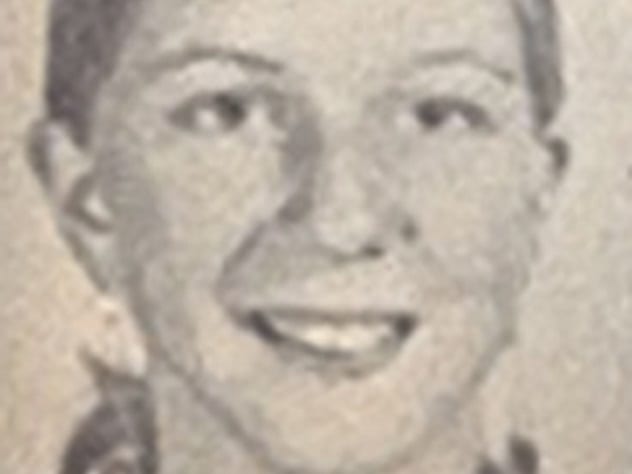
Middle school student Lori Lee Kursa was reported missing by her mother on November 20, 1972. It was proven early on that Kursa had deliberately run away from home. She was last seen with friends in Santa Rosa on the day of her disappearance.
Less than a month later, on December 14, Kursa’s partially frozen nude body was found by a couple out walking along Calistoga Road. Johnasen found that Kursa had been dead for one to two weeks, and he further concluded that Kursa’s killer had thrown her body into the ravine off Calistoga Road. It was never determined whether Kursa’s dislocated vertebrae injury had occurred before or after her death. Kursa’s body showed no signs of sexual assault.
Eyewitnesses who claimed to have seen Kursa in Santa Rosa told investigators that she had been thrown into a van on Parkhurst Drive by two unidentified men. Reports also stated that the van was noticeably damaged on one side and that the driver was a white male with a Afro-like hairstyle.[5]
6 The Murder Of Carolyn Davis
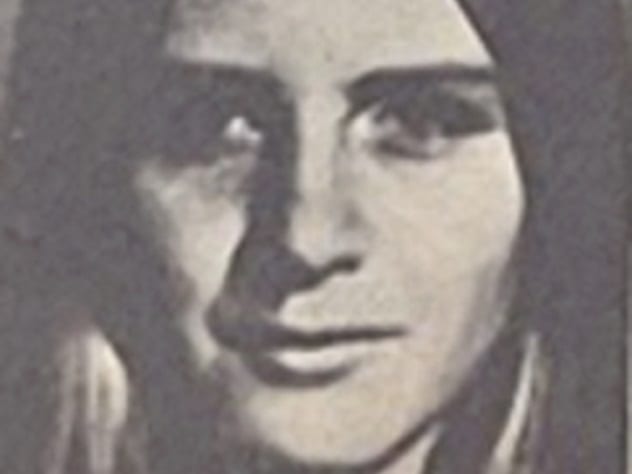
Fourteen-year-old Carolyn Davis, a resident of Shasta County, California, ran away after being dropped off at the post office in Garberville by her grandmother. She was last seen alive on July 15, 1973.
At that time, eyewitnesses saw Davis hitchhiking southbound on Highway 101. Davis would not be seen again until her corpse was discovered on July 31. Like all of the others, she had been unceremoniously dumped into a ravine. Shockingly, Davis’s corpse was left almost at the exact same place where the bodies of Maureen Sterling and Yvonne Weber had been found.
Davis’s cause of death proved to be unusual, for she had died of a strychnine overdose approximately ten to 14 days before her body’s discovery.[6] It could not be conclusively proven whether or not Davis had been raped.
5 The Murder Of Theresa Walsh
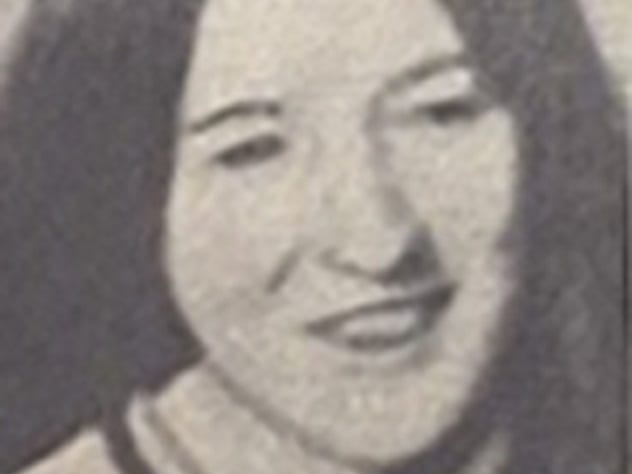
One of the killer’s oldest victims, Theresa Walsh, died at the age of 23. She was last seen alive on December 22, 1973, at Zuma Beach in the tiny resort town of Malibu, California. Friends told homicide detectives that Walsh planned on hitchhiking back to Garberville, a full 740 kilometers (460 mi) north of Malibu.
Walsh’s corpse was found six days later on December 28. Boaters discovered her partially submerged underneath a log in Mark West Creek. This location connected Walsh with Michelle Way, a road that intersected with Lorraine Way in Santa Rosa.
Evidence at the crime scene proved that Walsh had been hog-tied by her assailant. She had been strangled by her killer a week before her body’s discovery. It is also possible that the killer may have carried Walsh’s body for miles prior to disposal.[7]
The Sonoma County Sheriff’s Office and their Secret Witness program raised a $9,500 reward for any information regarding Walsh’s death. The reward money went unclaimed, and Walsh left behind a two-year-old son named Danran.
4 The Disappearance Of Jeannette Kamahele
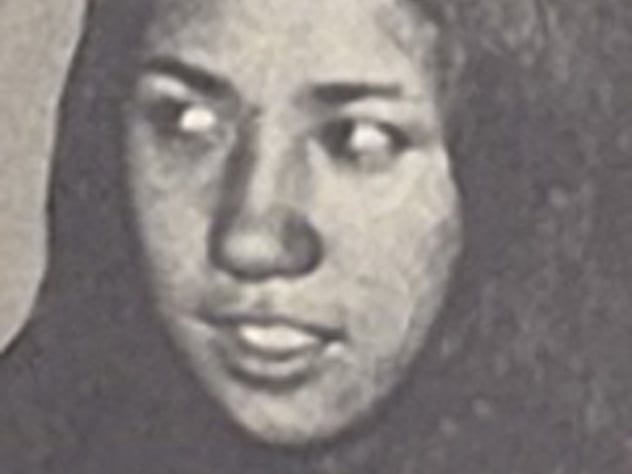
Twenty-year-old Jeannette Kamahele was a student at Santa Rosa Junior College when she disappeared for good on April 25, 1972. She, like so many other victims, was last seen hitchhiking on Highway 101 near the town of Cotati. Kamahele’s friends all swore to the police that Jeannette, a graduate of Yokohama American High School in Japan, was not the type of person to just run off and leave everyone in the dark.
Police learned from Jeannette’s roommate Nora Morales that the Jeanette often hitchhiked 16 kilometers (10 mi) from her home in Cotati to her classes at Santa Rosa Junior College. Police also learned that an eyewitness had seen Jeanette getting into a brown Chevrolet pickup truck. The truck was described as a 1950s model with a wooden homemade camper in the back.[8]
To this day, Jeannette Kamahele has never been found.
3 The Jane Doe Of Calistoga Road
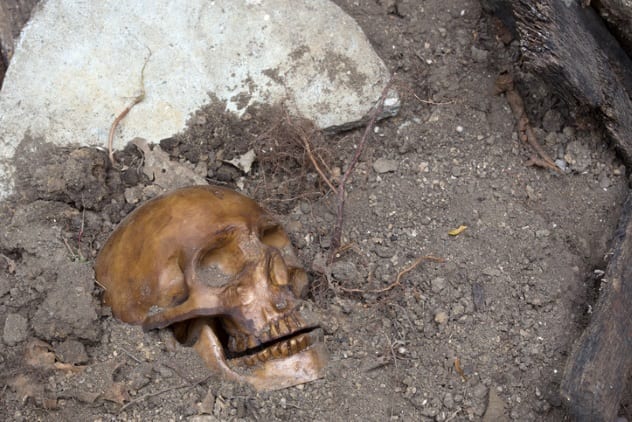
On a summer day in July 1979, the skeletal remains of an unidentified woman were discovered by hikers in a ravine off Calistoga Road. Seven years before and about 91 meters (300 ft) away had been the spot where the body of Lori Lee Kursa had been found.[9]
This unidentified victim had been hog-tied, with the killer’s rope looped around the woman’s throat. Detective Rick Oliver told the local media that the crime scene reminded him of the Walsh slaying, and he also noted that Jane Doe’s killer had removed all of her clothing.
This victim has yet to be identified. Initially, Jane Doe was suspected of being the remains of Jeanette Kamahele, but DNA tests in 2009 ruled that out.
2 The Murder Of Kerry Ann Graham And Francine Marie Trimble
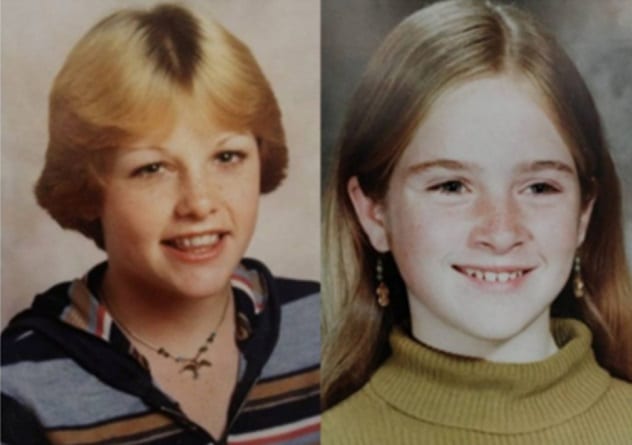
Fiften-year-old Kerry Graham (left above) and 14-year-old Francine Trimble (right above), both of Forestville, California, went missing sometime in December 1978. On their last day alive, the girls had gone to Coddingtown Mall in Santa Rosa in order to buy Christmas gifts for their friends and family. In a strange turn of events, both girls would go missing on the same day but would be reported missing on different days. Specifically, Trimble’s mother filed a missing child report with the Sonoma County Sheriff’s Office in mid-December, while the Graham family did not report their daughter missing until Christmas Eve.
As was so often the case in the 1970s, police officers believed that the girls were runaways. However, Trimble had been prescribed some medication following the removal of her appendix, and she had left this medication in her room on the day of her disappearance.
On July 8, 1979, skeletal remains were found in a shallow embankment inside the Jackson State Forest in Mendocino County, California. Examinations of the remains found that both victims had been bound with duct tape and buried in plastic bags.
These skeletons would not be identified as Graham and Trimble until 2015. Amazingly, friends and schoolmates of both girls had lived for over 30 years without ever knowing that the girls were even missing, let alone dead.[10]
Although Graham and Trimble are only suspected victims of the Santa Rosa murderer, there is plenty of circumstantial evidence, from the use of a ravine to the fact that both girls were known to hitchhike, to suggest that they ran afoul of the unknown serial murderer.
1 Other Potential Victims And Suspects
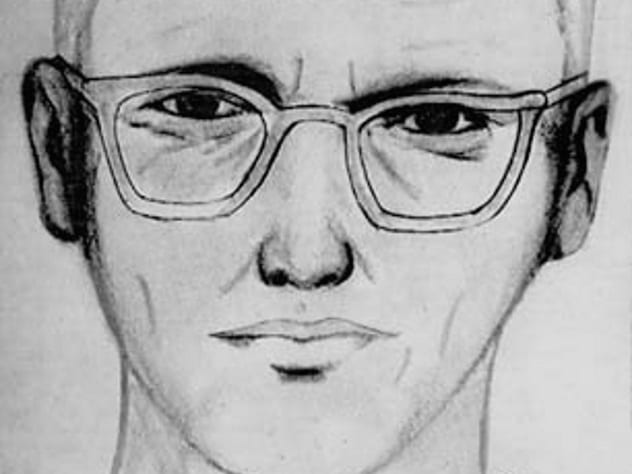
In 1975, the FBI issued an official report entitled “Unsolved Female Homicides—An Analysis of a Series of Related Murders in California and Western America.” The report asserted that 14 unsolved homicides between 1972 and 1974 had been committed by one killer. Some of these unsolved cases include the murder of 20-year-old Rosa Vasquez, who had been strangled and dumped in some shrubs near Golden Gate Park in San Francisco; 15-year-old Yvonne Quilantang, who was strangled to death while she was seven months pregnant; 14-year-old Donna M. Braun, who had been strangled to death and dumped in the Salinas River; and 24-year-old Nancy Patricia Gidley, who had been strangled to death 24 hours before her body was found behind George Washington High School in San Francisco.
Another possible victim of the Santa Rosa killer, 17-year-old Lisa Smith of Petaluma, had been abducted not long after hitchhiking on Hearn Avenue in Santa Rosa. Smith’s disappearance was reported on March 28, 1971, and as of this writing, her body has never been found.
In the decades since 1979, several high-profile names have been suggested as to the identity of the Santa Rosa murderer. Author Robert Graysmith put forward the idea that the Santa Rosa killer was really San Francisco’s Zodiac Killer. Graysmith noted that some of the Zodiac’s later letters contained Chinese-like characters similar to the ones found on the barrel carried by Kim Allen on the day of her death. A true crime magazine, Front Page Detective, published an article in September 1975 linking the Santa Rosa murders with the Zodiac Killer and witchcraft.
For a time, serial killer Ted Bundy was suspected of carrying out a few of the Santa Rosa murders. However, a US Department of Justice report published in 1992 ruled out Bundy’s involvement due to gas receipts showing that Bundy had not been in the area on the dates in question.
Arthur Leigh Allen, the man who Graysmith believes was the Zodiac Killer, has also been named as a possible suspect. Namely, in Zodiac Unmasked, Graysmith notes that a police officer had informed him that chipmunk hairs had been found on the bodies of several Santa Rosa victims. At that time, Allen not only lived in Santa Rosa but was also supposedly studying chipmunks as a hobby.[11] DNA tests in the early 2000s could not match Allen with any of the prints taken from the Zodiac crime scenes.
Read about more chilling unsolved murder sprees on 10 Horrific Facts About The Oakland County Child Killer and 10 Terrifying Facts Of The Honolulu Strangler.








